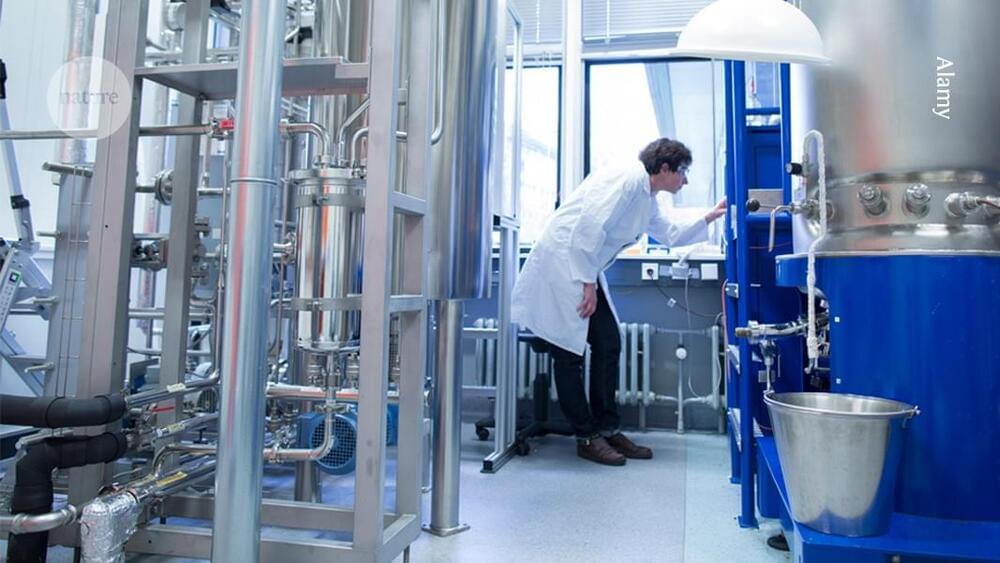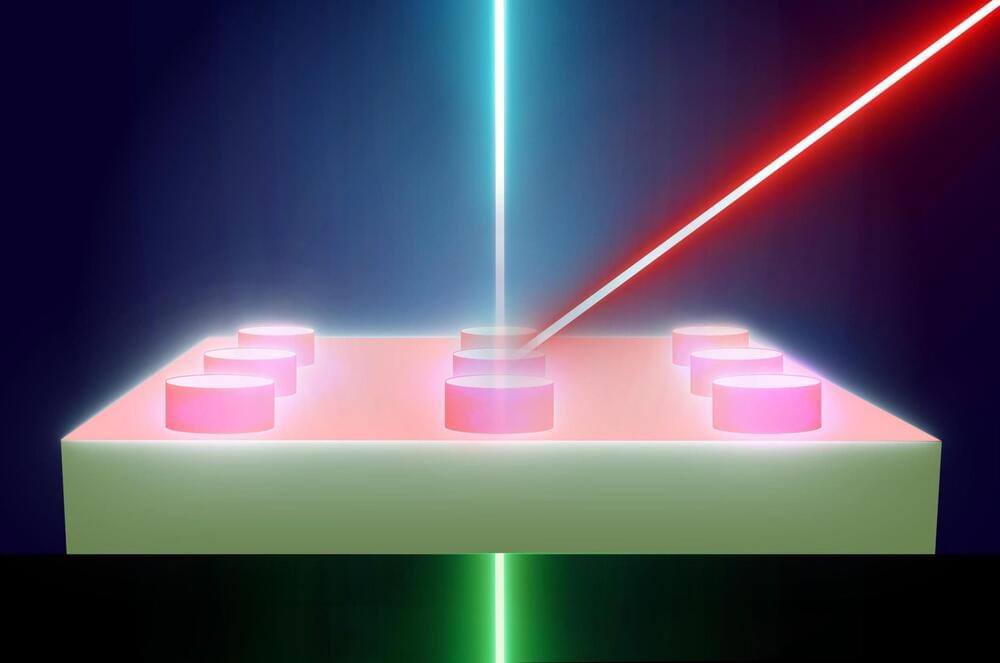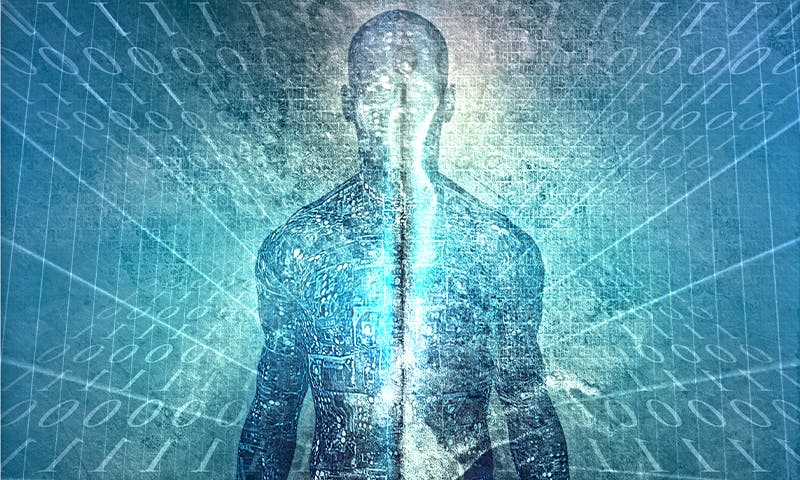Artificial electron donors and acceptors expand researchers’ metabolic engineering options — if only cells would cooperate.





Using the CHARA Array at Georgia State University, researchers have unveiled new insights into Polaris, the North Star.
Known for its role in navigation and as the brightest in a triple-star system, Polaris has now been observed in greater detail, revealing its size to be 46 times that of the Sun and showcasing large surface spots. These findings are crucial for using Cepheids as cosmic yardsticks, aiding in the measurement of cosmic distances and the expansion of the universe.
Researchers using Georgia State University’s Center for High Angular Resolution Astronomy (CHARA) Array have identified new details about the size and appearance of the North Star, also known as Polaris. The new research was published on August 20 in The Astrophysical Journal.

Modern astrophysics has enabled scientists to observe the universe with unprecedented clarity, from exoplanets to entire galaxies.
Despite our galaxy blocking some views, advanced tools like the James Webb Space Telescope and upcoming projects such as the Square Kilometre Array are pushing the boundaries of our cosmic understanding. Visualization techniques help researchers explore the universe in both space and time, revealing phenomena like fast radio bursts. Looking ahead, scientists hope to capture images of distant exoplanets and unravel mysteries such as dark energy and the expansion of the universe.
Observing the universe: from exoplanets to galaxies.
Researchers have developed a hydrogel that can learn to play the game Pong, demonstrating that even simple materials can exhibit adaptive behaviors akin to those seen in living systems.
The study, led by Dr. Yoshikatsu Hayashi from the University of Reading, also revealed that similar hydrogels could mimic cardiac tissue, potentially offering new avenues for studying heart arrhythmias and reducing animal testing in medical research.
“Hydrogel Brain” Learns To Play Pong

Scientists at the Fritz Haber Institute of the Max Planck Society have developed a revolutionary microscopy method that enables the direct visualization of nanostructures and their optical properties.
This breakthrough allows researchers to observe nanoscale materials, like metamaterials, in unprecedented detail by manipulating light in innovative ways. The method has taken over five years to develop and leverages the unique capabilities of the Free Electron Laser. The implications of this research are vast, offering the potential to advance flat optics, shrink 3D optics to 2D, and create more efficient optical devices.
Tailoring Light With Nanomaterials

Rice University researchers have developed a new implantable sensor, spinalNET, capable of recording the electrical activity of spinal neurons in freely moving subjects. This breakthrough could help unlock the complexities of how spinal neurons process sensory and motor functions, potentially leading to better treatments for spinal cord diseases and injuries.
Implantable technologies have significantly improved our ability to study and even modulate the activity of neurons in the brain. However, neurons in the spinal cord are harder to study in action.
“If we understood exactly how neurons in the spinal cord process sensation and control movement, we could develop better treatments for spinal cord disease and injury,” said Yu Wu, a research scientist who is part of a team of Rice University neuroengineers working on a solution to this problem.

We are made out of functions, and those functions are made out of functions, all the way down.
Even bacteria—the simplest life forms surviving today—are a product of many subsequent evolutionary steps.
IX. Ecology
Fundamentally, life is code, and code is life. More precisely, individual computational instructions are the irreducible quanta of life—the minimal replicating set of entities, however immaterial and abstract they may seem, that come together to form bigger, more stable, and more complex replicators, in ever-ascending symbiotic cascades.
In the toy universe of bff, the elementary instructions are the seven special characters “+ –, [ ]”. On the primordial sea floor, geothermally driven chemical reactions that could catalyze further chemical reactions may have played the same role. Our growing understanding of life as a self-reinforcing dynamical process boils down not to things, but to networks of mutually beneficial relationships. At every scale, life is an ecology.

AI is shaking up industries — and software engineering is no exception.
In a leaked recording of a June fireside chat obtained by Business Insider, Amazon Web Services CEO Matt Garman reportedly told employees that AI is changing what being a software engineer means —and essentially changes the job description.
“If you go forward 24 months from now, or some amount of time — I can’t exactly predict where it is — it’s possible that most developers are not coding,” Garman said, adding later that the developer role would look different next year compared to 2020.